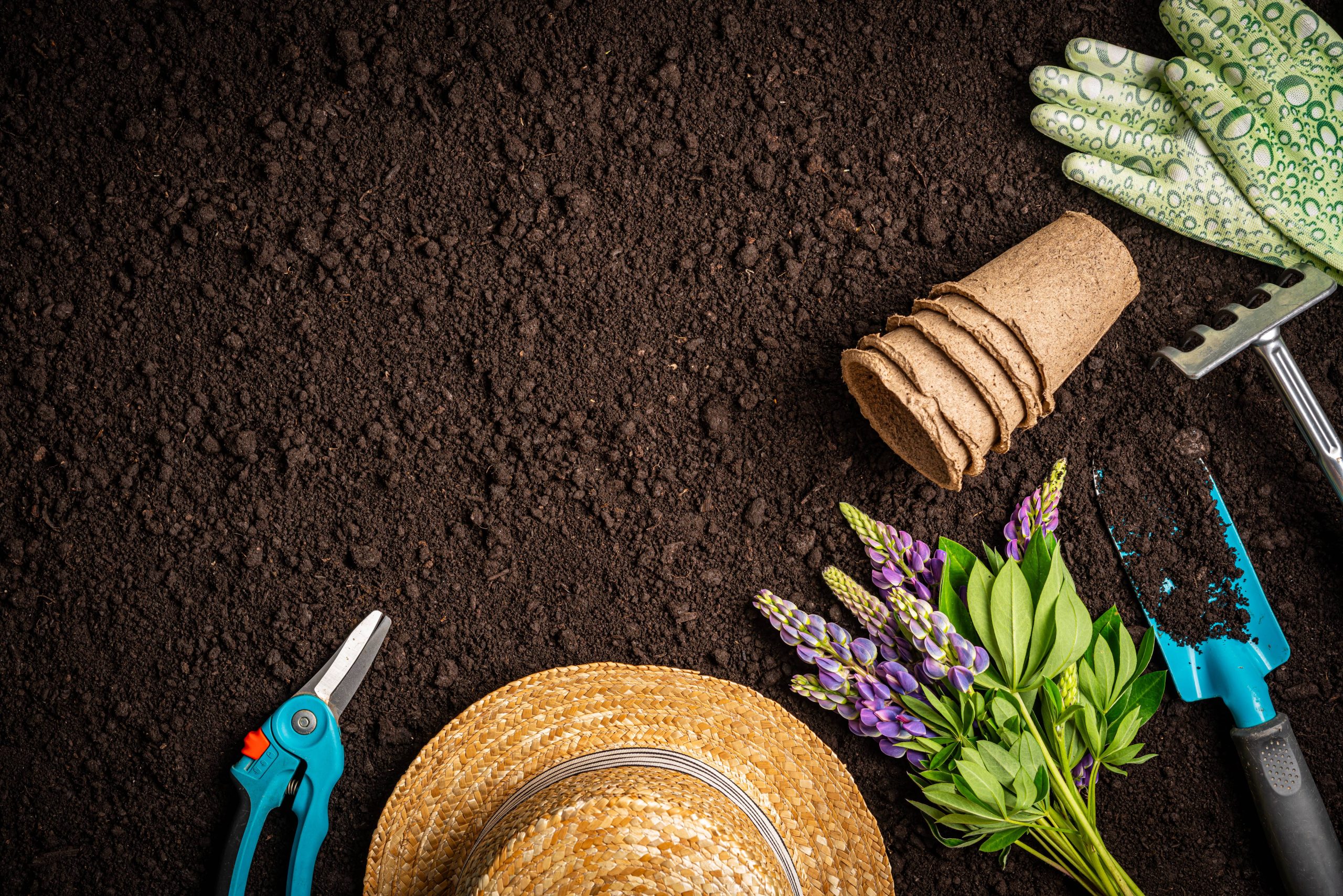
In our fast-paced, consumer-driven world, it’s all too easy to send furniture to the landfill as soon as it starts to show signs of wear. However, as a burgeoning trend in the DIY and environmental communities demonstrates, upcycling offers an innovative, sustainable way to refresh your home decor while reducing waste. Whether you’re an experienced DIY enthusiast or a curious beginner, upcycling old furniture can be a fulfilling project that suits every skill level. In this post, we’ll explore the art of transforming tired pieces into stunning focal points that breathe new life into your living spaces.
The Beauty of Upcycling
Upcycling, distinct from recycling, refers to the process of transforming discarded objects or materials into items of higher value and quality. It’s an eco-friendly practice that emphasizes creativity over consumption. While recycling breaks down materials to form something new, often involving industrial processes, upcycling preserves the integrity of the original item, enhancing it through vision and craftsmanship.
Choosing to upcycle old furniture not only helps reduce environmental impact but also adds a unique personal touch to your home. Each piece carries its own story, enriched by your intervention. Whether it’s a hand-me-down, thrift store find, or something you rescued from your grandparents’ attic, the charm of upcycled furnishings lies in their individuality and the sense of pride you’ll feel in crafting something beautiful and functional with your own hands.
Getting Started: Preparing Your Furniture for a Transformation
Before diving into a project, it’s essential to select the right piece and prepare it properly. Start by assessing the item’s structure and material. Solid wood, metal, and certain plastics are ideal candidates for upcycling due to their durability. Check for structural integrity; wobbly legs or cracked wood might require extra work but are not necessarily deal breakers.
Once you’ve found a suitable piece, clean it thoroughly. Dust, dirt, and old polish can interfere with your project’s outcome. Use a vacuum with a brush attachment to remove surface grime, followed by a damp cloth to clean the rest. For stubborn dirt, a mixture of mild detergent and warm water can be effective. Be sure the piece is completely dry before proceeding to the next step.
Next, consider any necessary repairs. Tighten loose screws, fill in dents or deep scratches with wood filler, and replace broken hardware if needed. This crucial step ensures your final piece is sturdy and safe for use.
Unleashing Your Creativity: Techniques and Ideas
1. Painting and Stenciling: One of the simplest ways to transform old furniture is through paint. A fresh coat can instantly rejuvenate a dull surface. For added flair, consider stenciling patterns or designs on tables, headboards, or cabinets. Chalk paint, known for its matte finish and adherence to various surfaces without priming, is a popular choice for upcyclers.
2. Distressing and Antiquing: Give your piece a vintage, shabby-chic vibe by distressing it. Sand away layers of paint or varnish to expose underlying wood or colors, then apply a finishing wax for a subtle sheen. Antiquing glaze or dark wax can create depth and aging effects.
3. Decoupage: Personalize your furniture with decoupage, where images or paper cutouts are glued to the surface and sealed with varnish. This technique is perfect for adding intricate designs without the need for paintbrush precision.
4. Reupholstering: Old chairs or sofas can benefit immensely from a new fabric covering. Reupholstering allows you to update outdated patterns or worn textiles with contemporary materials that match your current style.
5. Hardware Upgrades: Sometimes all an old piece needs is a modern touch. Installing new knobs, handles, or legs can instantly elevate a piece. Choose materials and styles that complement your decor theme, from minimalist metal to rustic wood.
6. Multi-functional Modifications: Creativity knows no bounds. Turn a door into a headboard, a dresser into a bathroom vanity, or a ladder into a shelving unit. Thinking outside the box can result in innovative and space-saving designs that are as practical as they are stylish.
Showcasing Your Creations
After revamping your furniture, it’s time to showcase your work. When placing newly upcycled pieces in your home, consider the following tips:
– Use your piece as a statement component in a room with a neutral backdrop. Bold colors or distinctive designs deserve attention.
– Mix and match with contemporary pieces for an eclectic look that channels a collected-over-time vibe.
– Layer textures and materials, such as placing a painted wooden table on a soft knit rug or against a brick wall, to contrast and highlight your work.
Conclusion
Upcycling is not only about salvaging old furniture; it’s about innovation, sustainability, and self-expression. As you transform a cast-off item into a cherished focal point, you’ll gain skills, save money, and contribute to a greener planet. With creativity as your only limit, the possibilities for what you can create are endless.
Ultimately, upcycling offers an opportunity to inflict positive change in your surroundings. So whether you’re looking for a weekend project or a way to revamp your entire living space, consider giving upcycling a try. You may be surprised at how a little effort can lead to big, beautiful transformations.







